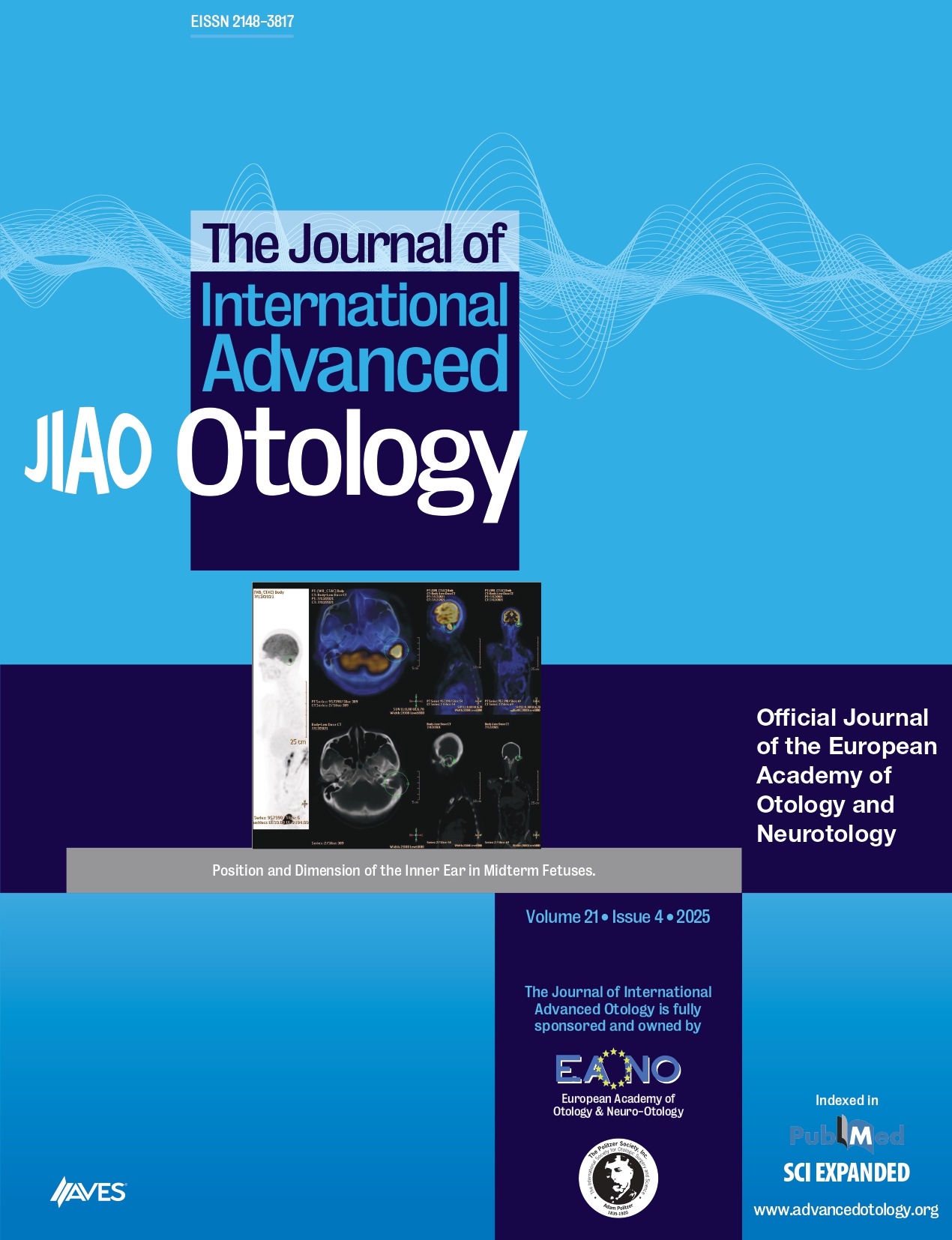BACKGROUND: The aim of this study is to investigate the deviced and non-deviced auditory performance results of patients with unilateral bone-anchored hearing aid.
METHODS: Deviced and non-deviced free field hearing thresholds, speech discrimination, and sentence discrimination scores were evaluated. Shortened profile of the benefit from the hearing instrument (Abbreviated Profile of Hearing Aid Benefit) was used.
RESULTS: A total of 17 patients participated in the study. The mean age was 37.9 ± 17.1 years. There was a statistically significant difference between the Abbreviated Profile of Hearing Aid Benefit satisfaction questionnaire and total scores, Background Noise (BN), Reverberation (RV) subscales according to device status (P < .05). No significant difference was found between the Abbreviated Profile of Hearing Aid Benefit total score result of the group divided by the hearing aid threshold (P > .05). No significant difference was found between the Abbreviated Profile of Hearing Aid Benefit total score result of the group divided by the threshold without a hearing aid (P > .05).
CONCLUSION: Bone-implanted hearing aids are effective and reliable amplification methods in patients with conductive and mixed hearing loss. Positive results of patient satisfaction and evaluation inventories were obtained from this study.
Cite this article as: Görgülü E, Dalgic A, Kirazlı T. The relationship between auditory performances and satisfaction of unilateral bone anchored hearing in conductive and mixed hearing loss. J Int Adv Otol. 2023;19(6):492-496.



.png)
.png)